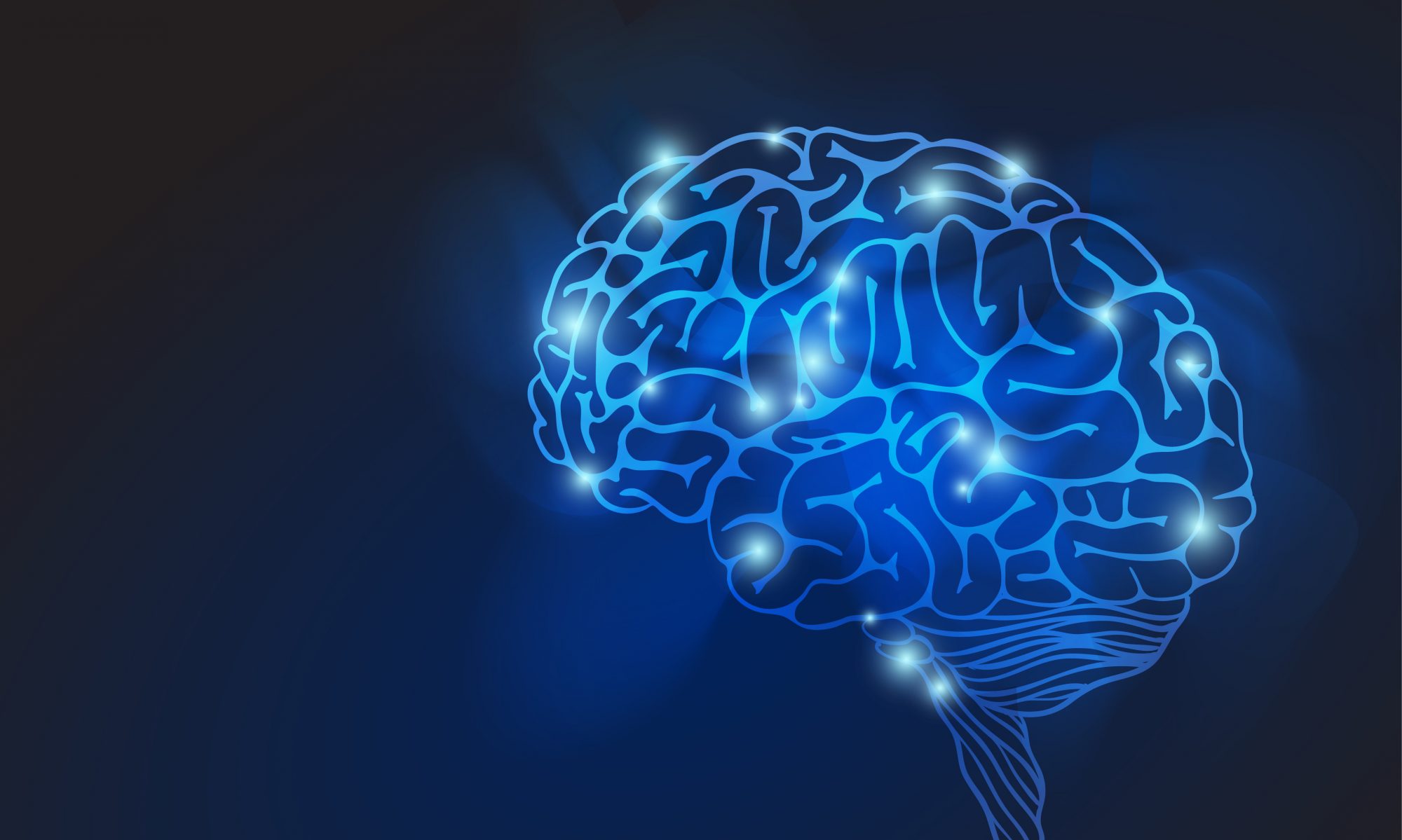Our trainees have created education resources to help teach scientific concepts. Please feel free share these with students of all ages! Be sure to also check out our Virtual Open House and Webinar Review resources. We are also open to scheduling opportunities for trainees to meet with K-12 students to talk about STEM, college, and more. If you are interested, please contact Anne McKinney.
Games
Beating the Barrier: An Interactive Game on the Blood Brain Barrier
This board game created by William Baker is designed to teach high school (and older) students about the blood brain barrier. The file linked above presents the board design and instructions on how to play.
Neuroscience Memory Game
Jennifer Walters created this card-based memory game to help students memorize vocabulary related to neuroscience with explanatory graphics. The file is designed to be printed double-sided so that the backs of the cards will have a neuron pattern.
Tutorials
Correlation vs. Causation
Olawale Salaudeen breaks down these principles of computer science in eight slides.
Covariance and Correlation: What is it and why it’s important
Charles Marchini explains these mathematic principles for a middle-school audience.
Guide to Immunohistochemistry
This one-page guide by Taylor Jorgensen gives an easy overview of immunohistochemistry and can be printed as a poster.
Investigating the Single Cell Chemistry of the Brain
This six-page tutorial by Sara Bell explains the concepts of behavior and brain chemistry in easy-to-understand language with helpful graphics. The goal is to engage students by relating to their everyday experiences: how they interact with and react to the world around them.
Mass Spectrometry
Shannon Berneche created this one-page educational resource for middle- and high-school teachers. It provides a helpful overview of mass spectrometry in easy-to-understand language that teachers can use to teach the subject to students.
Measuring Neuropeptides
Samuel Okyem gives a quick overview on neuropeptides and how they are measured in this six-slide presentation.
Tumor Classification Using Machine Learning
Olawale Salaudeen presents an application of principal component analysis (PCA) and covariance for a middle-school audience.
Videos
Arterial Spin Labeling
Learn how an MRI takes pictures of the brain through arterial spin labeling. MBM Trainee Charles Marchini created this video to explain the MRI method he is working to improve through his research.
Data Collection in MRI Scanners
How do MRI scanners collect data? MBM Trainee Charles Marchini explains how the speed of data acquisition affects the amount of data we can get from an MRI scan, and how researchers can use partial separability to collect data more effectively.
How to Shift Functions
In this tutorial, Charles Marchini uses MATLAB to show how a function is shifted when a constant is subtracted from the independent variable. The same method can be used to show how a function is compressed or stretched when the independent variable is multiplied by a constant.
How Scientists Study Brain Structure and Function
How do we study the structure and function of the brain? MBM Trainee Miles Norsworthy gives an overview of the various techniques that scientists are using.
Intro to Crystallization and Nucleation
Crystals aren’t just pretty objects — they can be used in pharmaceutics and optics, too! But how are they formed? And what is nucleation? Ryan Miller breaks down these concepts with helpful illustrations and charts.
What is Optogenetics?
Jennie Gardner gives an overview of optogenetics and how it can allow us to learn about the brain. A full transcript can be found on YouTube.

